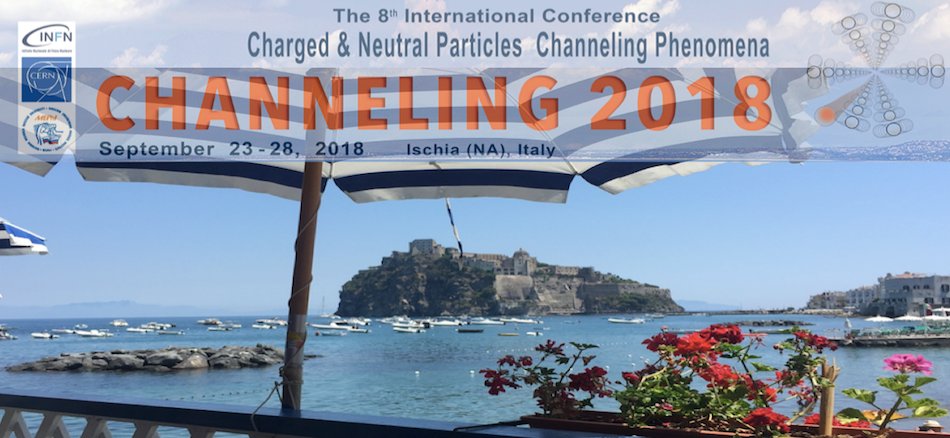Speaker
Prof.
Yasushi Hayakawa
(Laboratory for Electron Beam Research and Application (LEBRA), Nihon University)
Description
K-edge subtraction (KES) imaging is one of the advanced imaging techniques based on drastic change of X-ray absorption power at K-shell absorption edge of an attention element. The method can provide the information on the spatial distribution of the element. Since the monochromaticity and the energy tunability are required for X-rays in the imaging, it is substantially difficult to carry out utilizing a conventional X-ray source based on X-ray tubes. Almost researches on KES imaging, therefore, have been performed at major synchrotoron radiation (SR) facilities. An X-ray source based on parametric X-ray radiation (PXR) is also one of the advanced X-ray source which allow KES imaging. Actually, we achieved KES tomographic imaging for strontium element using the PXR source at the Laboratory for Electron Beam Research and Application (LEBRA) at Nihon University. In addition to conventional temporal-KES imaging in which two data sets are separately acquired for image subtraction, simultaneous-KES imaging was possible using the PXR source. Since the PXR beam has a dispersive property in the spatial distribution, dual-energy crossing beams are formed when only the half of the PXR beam is reflected by an analyzer crystal. This configuration makes it possible to simultaneously acquire two tomographic images across the K-edge energy of interest. Computed tomography (CT) based on simultaneous-KES is a very unique methodology in the world including SR facilities and was demonstrated in our previous work using the LEBRA PXR source. As the next step, the quantitative performance of simultaneous-KES imaging have been investigated, especially with respect to the sensitivity to the concentration of the element to be measured. In the case of Sr K-shell edge, simultaneous-KES CT using the LEBRA-PXR source can detect the existence of Sr element of which concentration is higher than 0.5 weight percent at least.
Author
Prof.
Yasushi Hayakawa
(Laboratory for Electron Beam Research and Application (LEBRA), Nihon University)
Co-authors
Prof.
Isamu SATO
(Laboratory for Electron Beam Research and Application (LEBRA), Nihon University)
Dr
Ken HAYAKAWA
(Laboratory for Electron Beam Research and Application (LEBRA), Nihon University)
Dr
Kyoko NOGAMI
(Laboratory for Electron Beam Research and Application (LEBRA), Nihon University)
Dr
Takeshi SAKAI
(Laboratory for Electron Beam Research and Application (LEBRA), Nihon University)
Prof.
Toshinari TANAKA
(Laboratory for Electron Beam Research and Application (LEBRA), Nihon University)
Dr
Yoske SUMITOMO
(Laboratory for Electron Beam Research and Application (LEBRA), Nihon University)
Dr
Yumiko TAKAHASHI
(Laboratory for Electron Beam Research and Application (LEBRA), Nihon University)

